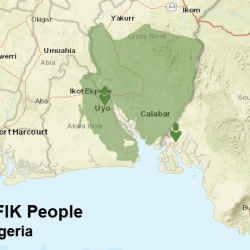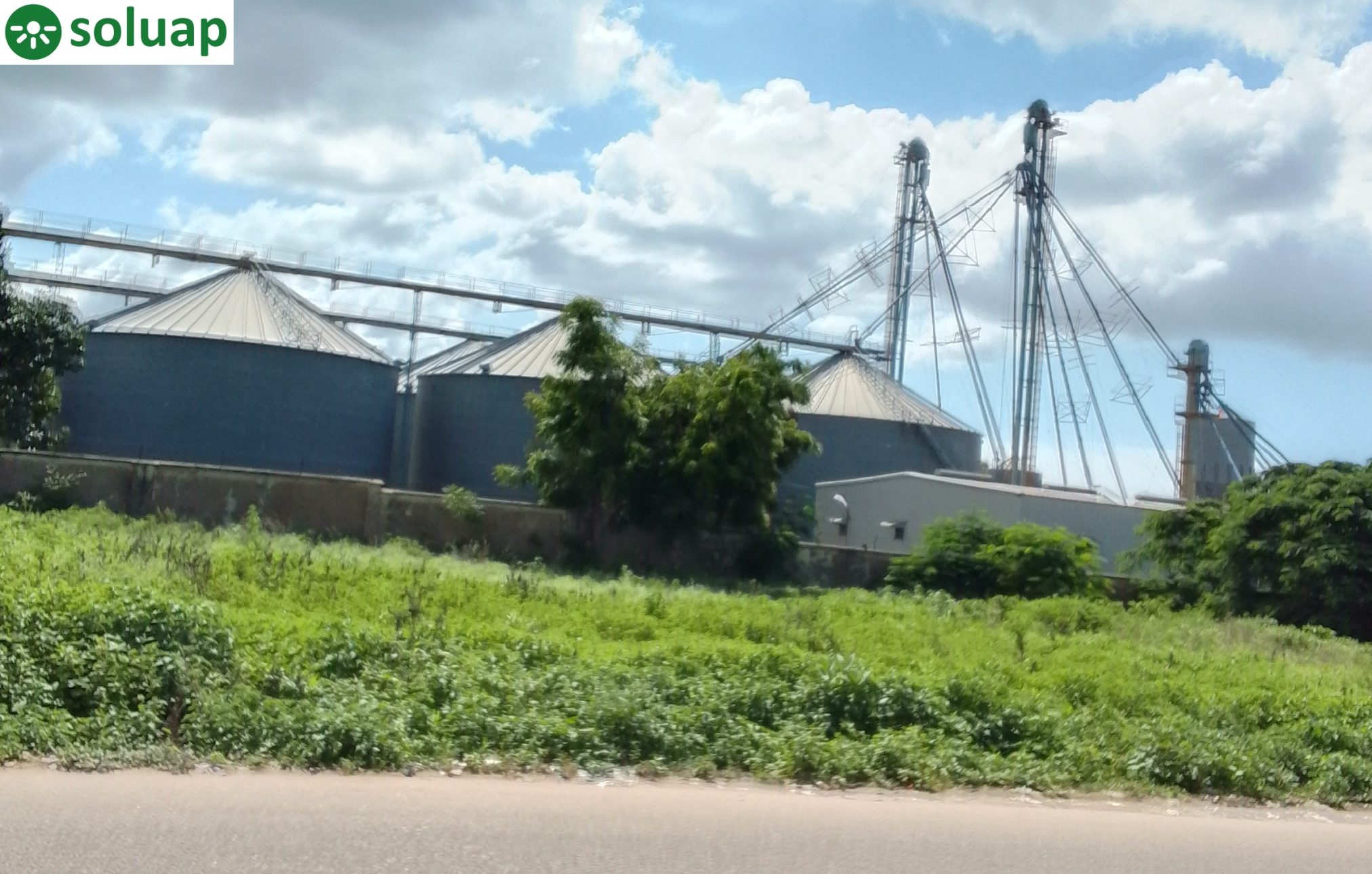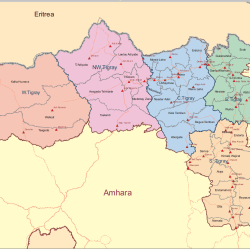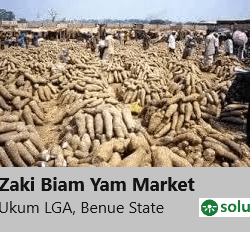The Food Strategic Reserve Programme in Nigeria has been a pivotal initiative aimed at strengthening food security, stabilizing market prices, and providing emergency food relief both domestically and internationally. It embodies Nigeria’s commitment to addressing food availability challenges and supporting local agricultural productivity. This article delves into the history, policies, and the evolving structure of this programme, alongside Nigeria’s strategic shifts in agriculture and food storage over the past few decades.
Historical Background (1970–1985): Nigeria’s Focus on Agricultural Production
Between 1970 and 1985, the Nigerian government concentrated on boosting agricultural production as a means to reduce dependency on imported food and ensure food availability for its growing population. This era was marked by substantial policy frameworks, aiming to encourage production and support farmers, especially in the face of rising food import costs and global economic shifts.
One of the key policies was the Agricultural Commodity Marketing and Pricing Policy of 1977, leading to the establishment of National Commodity Boards for major crops like cocoa, groundnut, palm produce, cotton, rubber, and food grains. These boards aimed to support farmers by providing stable prices, promoting market access, and ensuring that local agricultural products could compete with imported goods.
Introduction of the Structural Adjustment Programme (SAP) and Trade Liberalization (1986–1987)
In 1986, Nigeria introduced the Structural Adjustment Programme (SAP), a significant policy shift influenced by global economic reforms. SAP emphasized market liberalization, privatization, and a reduced role for government in trade, leading to the abolition of National Commodity Boards by 1987. This reform era transitioned Nigeria towards an open market, encouraging private sector participation in agriculture and trade.

Launch of the Three-Tier Storage Policy (1987)
In response to the need for improved food storage, the Nigerian government introduced a three-tier storage policy in 1987, which aimed to reduce post-harvest losses, stabilize prices, and create reserves for emergency relief.
1. On-Farm Storage Programme
The On-Farm Storage Programme was a crucial component designed to handle 85% of the food grains produced by encouraging farmers to store their harvests for later sale at potentially higher prices. This initiative empowered farmers to preserve surplus yields, contributing to market stabilization and reducing post-harvest losses.
To support this effort, the Crop Storage Unit (CSU) was established, working with local governments and extension officers to educate farmers on improved storage practices. While initially effective, the programme’s impact was gradually diminished due to inadequate continuity and limited follow-up in training and support.
2. Buffer Stock Programme
The Buffer Stock Programme was designed to store 10% of the national food grains at the state level, creating a reserve for market stabilization during price volatility. Under this system, the State Governments were primarily responsible for implementing buffer stock storage facilities, supported by funding and technical designs from the Federal Government.
Despite federal support, implementation varied significantly across states. A 2018 survey revealed that only a few states—such as Niger, Gombe, Kano, Kebbi, and Oyo—had operational Buffer Stock warehouses. Political challenges and lack of commitment limited the wider adoption of this programme.
3. Strategic Grains Reserve (Food and Strategic Reserve)
The Strategic Grains Reserve, renamed the Food and Strategic Reserve, was managed at the federal level, responsible for holding 5% of annual food grain production. This reserve was vital for emergency food interventions, supporting vulnerable populations, and complementing efforts to stabilize market prices.
The Federal Government’s management of the reserve enabled the country to respond to crises, such as food shortages or natural disasters, by providing essential supplies for those in need.
Shifts in Agricultural Policy (1990s): Commodity Exchange and Market Support
The 1990s saw the introduction of new policies aimed at fostering agricultural growth through market incentives, regulatory reforms, and infrastructural development. In 1998, the government launched an Agricultural Policy focusing on macroeconomic measures, including trade, pricing, exchange rates, and land use policy. This comprehensive policy was designed to enhance agricultural production efficiency and boost the competitiveness of Nigerian agricultural products.
As part of this policy, the Commodity Exchange (COMEX) was established in 1995 and later restructured as the Abuja Stock Exchange (ASE) in 1998. In 2021, the exchange was renamed the Nigerian Commodity Exchange (NCX), now managed by the Central Bank of Nigeria (CBN). This move towards a centralized exchange for agricultural products was intended to facilitate a more organized marketplace for buying and selling commodities, offering farmers greater access to fair prices.
Emergence of Private Commodity Exchanges (2014–2022)
Recent years have seen the growth of private commodity exchanges in Nigeria. Between 2014 and 2022, four prominent private exchanges were established, including African Exchange Holdings (AFEX), Prime Exchange, Lagos Commodity Exchange, and Gazawa Exchange. These exchanges provide a platform for price discovery, transparency, and market access for farmers, enhancing the efficiency of agricultural trade in Nigeria.
Challenges and Opportunities in Nigeria’s Food Strategic Reserve Programme
Despite ambitious goals and strategic planning, the Food Strategic Reserve Programme has faced numerous challenges. The lack of consistent policy implementation across states, limited funding, and political will have hindered the success of the Buffer Stock Programme and other initiatives.
However, the programme remains a cornerstone of Nigeria’s food security strategy, with opportunities for improvement through private sector partnerships, technological advancements in storage, and continued government support for smallholder farmers. Strengthening these reserves will be critical for Nigeria as it contends with climate change, population growth, and food price volatility.











